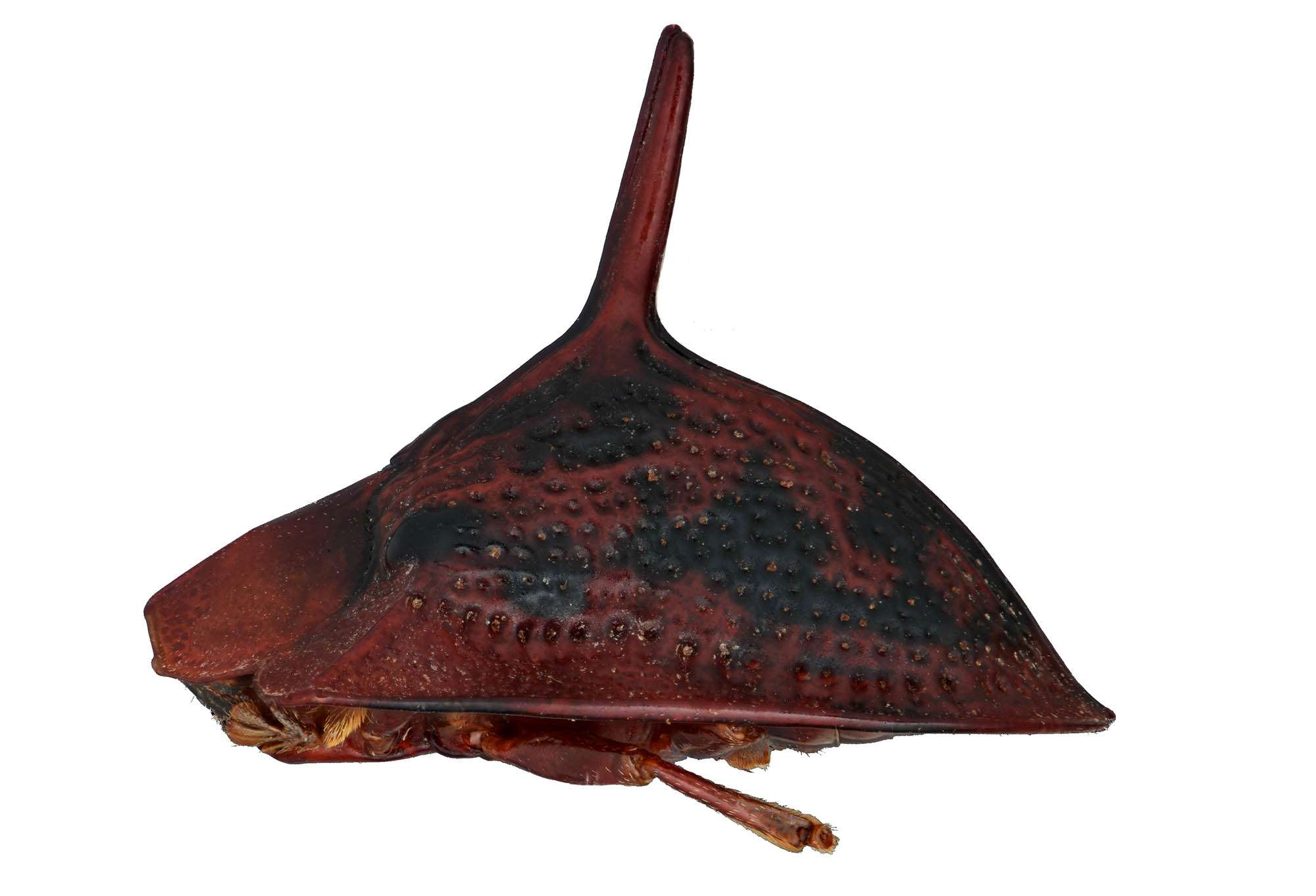Scientists examining one of the few items to have escaped a devastating fire that destroyed a spectacular museum collection have discovered a previously unknown species of insect.
The Brazilian National Museum in Rio de Janeiro was almost burned to the ground when a blaze broke out shortly after it closed for the day on 2nd September 2018.
No one was injured but more than 90 per cent of the 20 million items the institution housed were destroyed as the fire spread to all three floors of the building.
The overheating of air conditioning caused by a short circuit has been identified as the cause of the blaze in the South American country’s oldest scientific institution, which is scheduled for a full reopening in 2025.
Now Dr Marianna Simoes from the German Senckenberg Research Institute said that she and her colleague Dr Lukas Sekerka – from the Czech National Museum in Prague – discovered a previously undefined specimen.
Dr Simoes – who heads the Frankfurt institution’s entomology department – said in a statement from 19th July obtained by Newsflash: “The insect, which is about 11 millimetres long and ten millimetres wide, belongs to the tortoise-beetle genus, which currently comprises 18 species that are widespread in the neotropical region from Mexico to northern Argentina.”
The expert on spatial ecology and macroecology explained: “We quickly realised that the present specimen has features that clearly set it apart from the other described species of the genus.”

Dr Simoes and Dr Sekerka decided to call the genus ‘Dorynota phoenix’ in a reference to the mythical bird that burns at the end of its life cycle only to rise anew from its ashes.
Speaking about the impact of the blaze in 2018, Dr Simoes said: “The Brazilian collections of the National Museum held more than 20 million objects of inestimable value.”
The scientist emphasised: “They included the oldest collection of ancient Egyptian exhibits in the Americas, the largest meteorite discovered in Brazil, and Brazil’s first complete dinosaur fossil.”
Dr Simoes added: “The inventory also included one of the largest reference collections of insect diversity in South America – with an extensive beetle collection of more than two million specimens representing a wide range of species.”
She underlined: “Except for a few pieces on loan that were not present in Rio de Janeiro at the time of the fire, these collections were irretrievably lost.”
The beetle species now known as ‘Dorynota phoenix’ – which originates from the Brazilian State of Mato Grosso – was one of these items.
Dr Simoes said: “With this name, we wanted to draw attention to the fact that the collection piece was miraculously saved from the devastating fire at the museum.”
The study by Dr Simoes and Dr Sekerka called ‘A new species in the tortoise-beetle genus Dorynota s. str. Chevrolat from Brazil’ was published in Zootaxa, a scientific magazine.
The Senckenberg Research Institute – where Dr Simoes is researching – was founded in the city of Frankfurt am Main, Hesse State, in 1817.
Founded in 1818, the National Museum in the Czech capital city of Prague offers vast natural scientific and historical collections.
To find out more about the author, editor or agency that supplied this story – please click below.
Story By: Thomas Hochwarter, Sub-Editor: Marija Stojkoska, Agency: Newsflash
The Ananova page is created by and dedicated to professional, independent freelance journalists. It is a place for us to showcase our work. When our news is sold to our media partners, we will include the link here.




